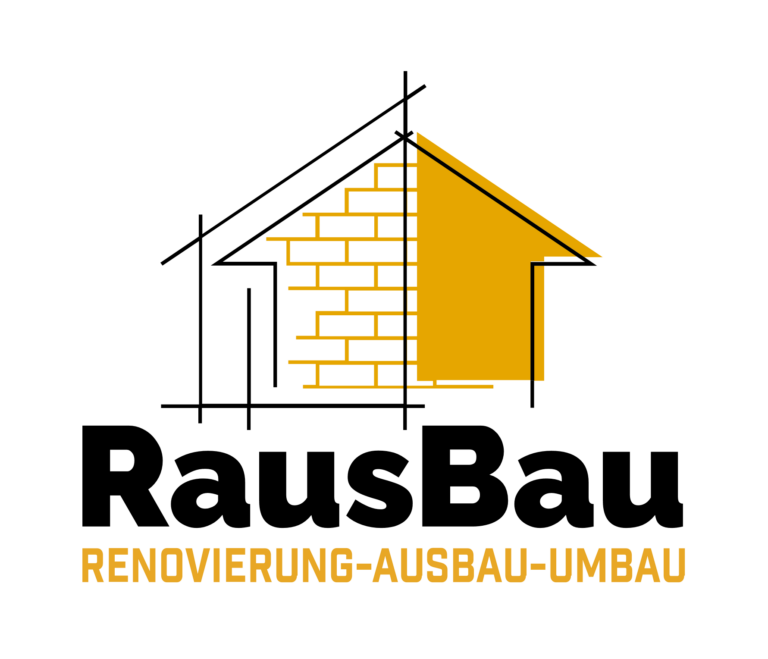-
Construction Phases in Private Projects
-
Commercial Construction Info
- Commercial and Industrial Properties: Construction at the Highest Level
- Planning and Preparation: Turning Your Idea into Reality
- Dismantling and Demolition – Preparation and Execution of Structural Deconstruction
- Shell Construction Works: Essential Structural and Installation Measures
- Electrical Installation and Building Services in Commercial and Industrial Construction
-
Bathroom Renovation and Refurbishment
-
Roof Renovation – Beyond Replacing Tiles
-
Refurbishment and Modernization of Industrial Facilities
-
Underfloor Heating Support Structures
-
Office and Medical Property Renovation
Dismantling and Demolition – Preparation and Execution of Structural Deconstruction
Overview of the Articles
- High-Level Construction Work
- Planning and Preparation
- Demolition and Dismantling
- Structural Work
- Electrical Installation and Building Services
- Interior Finishing
- Completion of Building Services
- Outdoor Facilities and Façade Work
- Final Construction Activities
- Occupancy and Handover
- Further Important Considerations
Professional Dismantling and Demolition – Safe Deconstruction Planning
Introduction: Why Demolition Means More Than Just Tearing Down
Whether you’re remodeling, renovating, or planning a complete rebuild—dismantling and demolition are essential first steps in any construction project. However, these tasks involve far more than just tearing down walls or removing windows. Proper demolition is a highly specialized and regulated process, requiring a structured approach, technical expertise, and strict safety protocols.
Older buildings, in particular, often present hidden risks—such as hazardous materials, asbestos, or structural damage—which demand specialized handling. A carefully executed demolition ensures smooth follow-up construction, protects people and the environment, and complies with all legal and environmental regulations.
In this comprehensive guide, we walk you through each step of a professional demolition and dismantling process, from site preparation and hazard assessments to debris removal and proper waste management.
Site Preparation – Safety First
Before any dismantling begins, the worksite must be properly secured and prepared. This initial phase is crucial to ensure that the process is carried out safely, efficiently, and in full compliance with safety regulations.
Key steps in preparing a demolition site:
- Site Fencing and Access Control
- Erecting robust fencing and barriers
- Installing visible warning and hazard signs
- Creating secure access routes for workers and machinery
- Hazard Zone Definition
- Clearly marking danger zones around unstable or hazardous areas
- Restricting unauthorized access
- Temporary Lighting
- Providing adequate illumination for dark or enclosed areas
- Using construction-grade, weather-resistant lighting fixtures
- Logistics and Operational Planning
- Planning access routes for heavy machinery
- Designating storage and staging areas for materials and containers
These measures protect both personnel and the surrounding area while setting the stage for a smooth and compliant demolition process, aligned with occupational safety standards such as those set by the German DGUV or equivalent international regulations.
Selective Demolition – Removing Non-Load-Bearing Structures
Once the site is secured, demolition begins with the removal of non-structural elements—components that do not serve a load-bearing purpose but may obstruct the intended redesign or construction.
Typical tasks in this phase include:
- Removal of Non-Load-Bearing Interior Walls
- Drywall, partition walls, or lightweight concrete
- Ensuring no structural components are accidentally affected
- Dismantling Floors and Ceilings
- Stripping away tiles, carpet, parquet, or laminate
- Removing suspended ceilings and acoustic elements
- Window and Door Removal
- Carefully extracting doorframes, door leaves, and glass elements
- Sorting materials for recycling or disposal
- Removal of Outdated Technical Installations
- Old pipes, heating systems, wiring, and ducts
Tools and equipment typically used:
- Demolition hammers and rotary drills
- Concrete saws and angle grinders
- Hydraulic jacks and lifting equipment
- Skips, bins, and transport vehicles
Professionally executed selective demolition protects load-bearing components, maintains structural integrity, and paves the way for subsequent construction phases.
Hazardous Materials – Safe Removal and Disposal of Contaminants
Dealing with hazardous materials is one of the most critical aspects of any demolition project—particularly in older buildings. Substances like asbestos, mold, and toxic adhesives pose serious health risks and must be handled with extreme care.
Standard procedures for hazardous material handling:
- Asbestos Abatement
- Removal conducted by certified professionals using full PPE and respiratory protection
- Use of wetting agents or encapsulants to reduce dust release
- Materials must be sealed in approved containers and labeled as hazardous waste
- Mold Remediation
- Removing contaminated insulation, plaster, or drywall
- Thorough cleaning and application of biocides or disinfectants
- Disposal of Other Hazardous Substances
- Includes old paints, solvents, adhesives, and insulation containing mineral fibers
- Requires dedicated collection, transport, and disposal protocols
⚠️ Important: According to regulations such as TRGS 519 in Germany or similar international standards, only licensed and certified contractors are permitted to handle and dispose of such materials.
By removing these threats properly, demolition crews protect not only themselves but also future occupants and the environment.
Waste Removal and Disposal – Managing Debris Responsibly
Following dismantling and hazardous material removal, large volumes of construction and demolition waste remain on-site. Proper waste management is vital for site cleanliness, environmental compliance, and cost control.
Process for debris removal and material recycling:
- Sorting by Material Type
- Concrete, brick, plasterboard, wood, metal, and glass are separated
- Recycling Reusable Materials
- Metals and wood are processed for reuse
- Crushed concrete can be repurposed for road foundations
- Safe and Legal Transport
- Use of trucks, wheel loaders, and skip loaders
- Containers are properly labeled and sent to authorized recycling or landfill facilities
- Documentation and Compliance
- Disposal receipts and records for client or regulatory review
- Compliance with the Waste Management Act and national disposal guidelines
A detailed waste management plan not only fulfills legal obligations but also aligns with green building practices and sustainability goals.
Structural Demolition – Removing Load-Bearing Elements Safely
In some projects, structural demolition becomes necessary—either as part of a complete teardown or to enable major design changes. These tasks require thorough planning, engineering analysis, and precision.
Steps involved in structural demolition:
- Structural Assessment
- Inspection by structural engineers
- Installation of temporary supports if needed
- Use of Heavy Machinery
- Long-reach excavators, hydraulic shears, and pulverizers
- Controlled use of impact tools and saw cutting
- Low-Vibration Techniques
- Wire sawing and core drilling in vibration-sensitive zones
- Essential for work in urban settings or near historical buildings
Proper structural demolition ensures that the process is controlled, predictable, and does not endanger adjacent structures.
Final Clean-Up – Preparing for New Construction
Once demolition work is complete, the site must be prepared for the next construction phase.
Essential wrap-up steps:
- Thorough debris removal and surface cleaning
- Final inspection to confirm all hazardous materials have been removed
- Issuance of clearance certificates if required
- Site leveling and preparation for new foundations
Only a clean, compliant site can guarantee a safe and efficient start to the next building phase.
Conclusion: Systematic Demolition for Safe and Sustainable Construction
Dismantling and demolition are complex operations that demand expertise, foresight, and regulatory compliance. From preliminary site inspections to the responsible disposal of hazardous materials, every phase must be conducted with precision and professionalism.
Choosing the right demolition partner ensures:
- Reduced project risk
- Compliance with safety and environmental regulations
- Cost and time efficiency
- A solid foundation for future construction
Looking for Professional Demolition Services? Contact RausBau GmbH!
Planning a construction project that requires expert demolition or dismantling? Trust the RausBau GmbH team to handle the job safely, efficiently, and professionally.
We offer:
✅ Expert consultation and planning
✅ Certified hazardous material removal
✅ Environmentally compliant debris disposal
✅ Modern equipment and experienced crews
Get in touch for a free, no-obligation quote:
RausBau GmbH
Hauptstraße 106a, 85399 Hallbergmoos
🌐 www.rausbau.com
📧 info@rausbau.com
📞 +49 811 5554790
RausBau – Clearing the way for your future.

